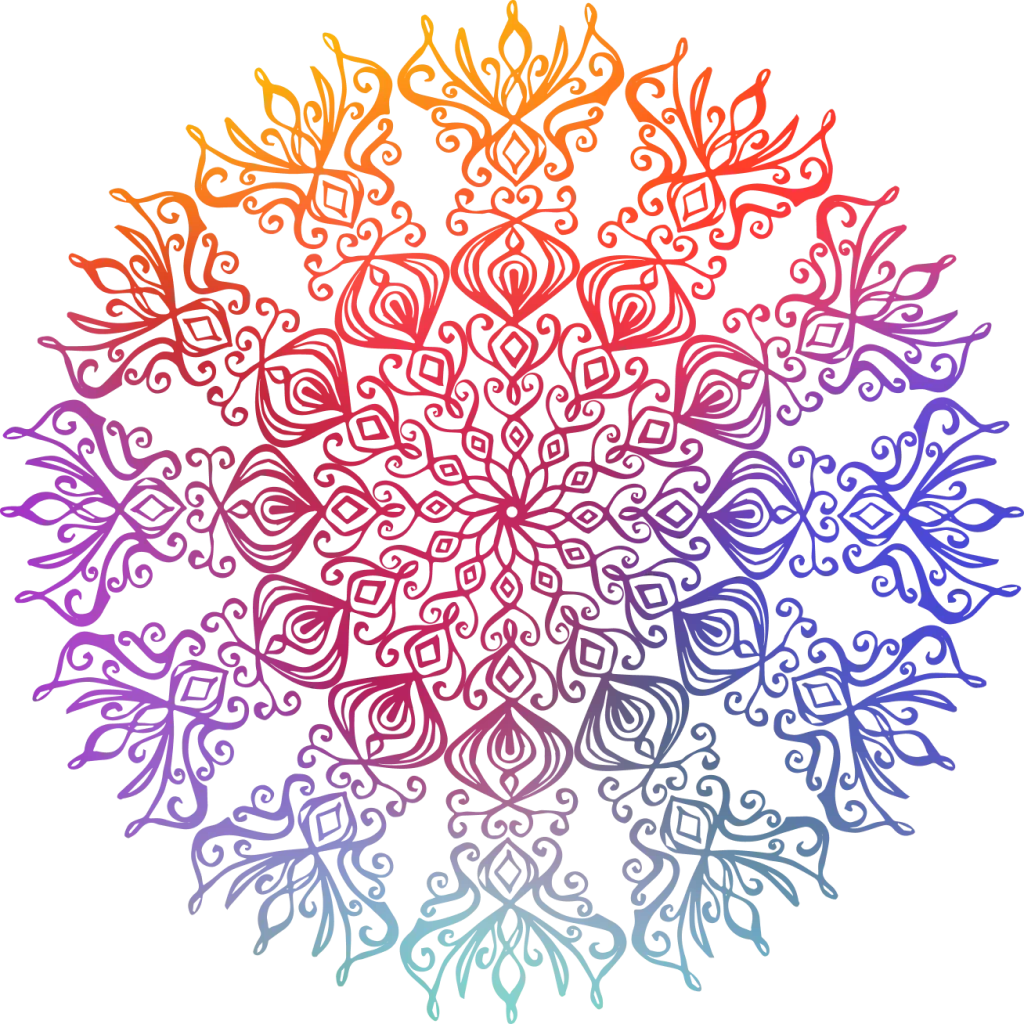

Life often places us in situations where the foundations of our beliefs begin to shake. It is in these moments of confusion that we find ourselves asking difficult questions, challenging long-held assumptions, and feeling the weight of doubt pressing upon our hearts. Ivette Smith, in her book Cracks in the Foundation: Dealing with Doubt (in your Faith),, offers a wise exploration of doubt and its critical role in shaping a deeper and more meaningful faith. She doesn’t shy away from the discomfort of doubt but instead presents it as an essential part of spiritual growth—a force that refines and strengthens us.
To many, doubt may feel like a failure—a betrayal of what we once believed to be true. But as Smith eloquently states, “Doubt is not the enemy of belief but its most trusted ally.” By questioning our beliefs, we uncover layers of understanding that otherwise remain hidden. Doubt challenges us to move beyond complacency and into a realm where faith becomes a dynamic, evolving journey rather than a static declaration. This idea is liberating because it reframes doubt as an invitation to discover, grow, and find significant truths.
Doubt is often misunderstood. We’re taught from an early age to equate certainty with strength and questioning with weakness. But in reality, strength lies in the willingness to ask hard questions, to face discomfort, and to manage through the maze of uncertainty. Smith’s book shines a light on this misconception, illustrating how individuals across cultures and religions have embraced doubt as a pathway to transformation. Consider the biblical figure Thomas, often called “Doubting Thomas,” for his insistence on seeing proof of Jesus’ resurrection. Far from condemning him, Jesus offered Thomas the evidence he needed, showing that even doubt has a place in faith.
For those struggling with their beliefs, it’s important to recognize that doubt doesn’t signify the absence of faith but rather its evolution. As Smith outlines in her chapter on the “Anatomy of Faith,” belief, trust, and emotional commitment are the components of a dynamic faith. These elements are not fixed; they grow and adapt to life’s experiences. Major life events, whether joyful or devastating, can encourage us to reevaluate our spiritual understanding. This reevaluation, while unsettling, often leads to a more resilient and authentic connection to faith.
One of the most important aspects of doubt is its ability to foster intellectual humility. Smith emphasizes that “certainty is an illusion, and the beauty of faith lies in its mysteries.” When we acknowledge that we don’t have all the answers, we open ourselves to deeper inquiry, to dialogue with others, and to the possibility of learning from perspectives different from our own. In a world increasingly divided along ideological lines, this humility is a precious commodity. It reminds us that we are all seekers, each handling the complexities of existence in our unique ways.
Another dimension of doubt explored in Smith’s book is its emotional impact. Faith transitions are often accompanied by fear, guilt, and even anger. Losing the clarity provided by a structured belief system can feel like losing a part of one’s identity. However, Smith argues that these emotions, while difficult, are integral to the process of growth. “It is only through the fires of doubt,” she writes, “that faith can emerge as gold.” By embracing these emotions rather than suppressing them, individuals can find strength and authenticity on the other side of uncertainty.
The journey through doubt is not a solitary one. Smith’s book focuses on the importance of community in managing these turbulent waters. Sharing doubts with trusted friends, mentors, or spiritual leaders can provide much-needed support and perspective. Safe spaces for open dialogue allow individuals to process their uncertainties without fear of judgment. In this sense, doubt becomes a bridge, connecting people through shared experiences and fostering empathy across diverse belief systems.
Doubt also has a transformative effect on the way we view others. When we experience our own crises of faith, we become more understanding of those who question or hold beliefs different from our own. Smith highlights this in her discussion on cultural influences on faith, showing how doubt can break down stereotypes and encourage interfaith dialogue. In embracing our uncertainties, we cultivate a spirit of openness and compassion that extends beyond our individual journeys.
In the end, the true power of doubt lies in its ability to deepen our connection to faith, to ourselves, and to the world around us. It invites us to shed superficial certainties and discover truths that connect on a deeper, more personal level. As Smith so beautifully puts it, “Faith is not the absence of doubt but the courage to walk through it.” This courage transforms doubt from a source of fear into a wellspring of strength and hope.
To anyone experiencing a crisis of faith, let Smith’s words serve as a reminder: you are not alone. Doubt is not a detour but an integral part of the journey. It is through questioning that we grow, and through growth that we find meaning. So embrace the questions, honor the uncertainties, and trust that the path, no matter how winding, leads to light.
My goal as a writer is to inspire and build connections through the power of words. Writing allows me to share my journey, experiences, and insights in a way that fosters understanding and inspires growth.
Quick Links
Useful Links
Send a message

© Copyrights 2025 Ivette Smith. All Rights Reserved